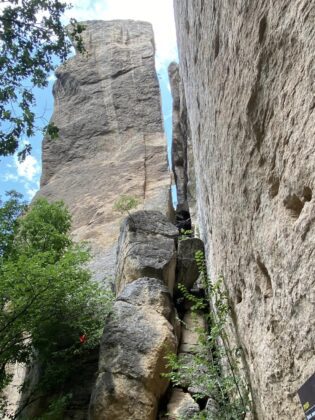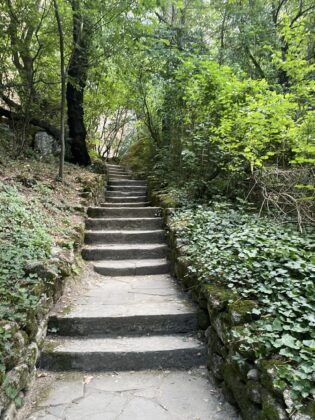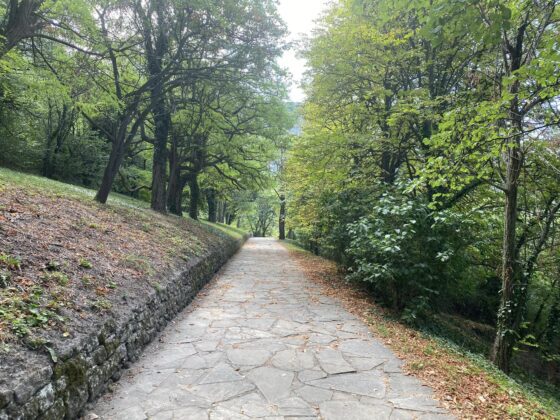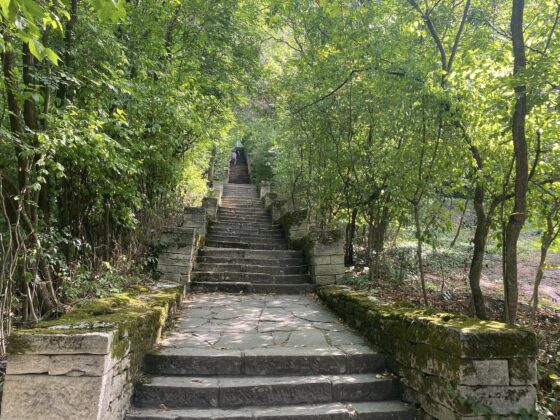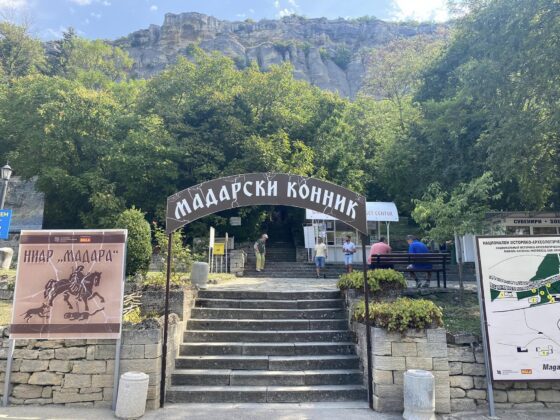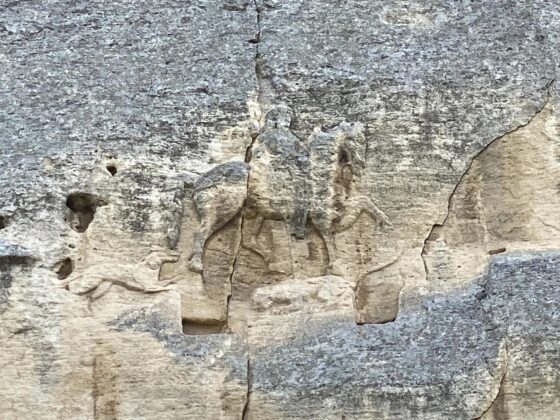
Shumen, Bulgaria: Ruslan Yordanov, a Bulgarian public figure and blogger, shares the glimpse of his visit to Madara village. He mentioned that he last visited Madara 35 years ago when he was a student.
After a long time, he revisited the Madara Cavalry. On his official Facebook account, he wrote, “I am here again, and it is exciting to immerse myself in the magical atmosphere of the Madara National Historical and Archaeological Reserve. It’s beautiful, it’s majestic, and it’s clean. You can hear Bulgarian, Polish, Arabic and Romanian language”.
Together with her wife Svetla, Yordanov stated that he enjoyed the high rocks and the beautiful nature of this historical masterpiece.
The tourist attraction is located 17 km northeast of the town of Shumen, 2 km from the village. Madara. The most important monument in the Madara Reserve is the unique rock relief known as the Madara Knight. Sculpted on the magnificent rock at 23 m high, it is a sample of early medieval Bulgarian art.
He added that the relief depicts a full-height cavalryman with a copy in hand. In the legs of the horse, you can see a falling lion, and behind the rider is pictured his hunting dog.
According to a legend, a Latin king hunted on the plateau but fell off the rocks and died. His relatives immortalized him by ordering a master to cut his image on the rock. Scientific hypotheses link the image to Khan Krum (ruled 803). – 814 y ), Tervell (ruled 701 – 718 ), Asparukh (681 – 701 ) and even god Tangra (supreme deity of the Bulgarians).
Yordanov emphasized that visitors have the opportunity to see a procession cutting through the rock from the base to the top – an ancient straight path connecting the fortress and the cave.
The rock relief is one of a kind in Europe. 1979 was included in the UNESCO list as a monument of world importance, and in 2008. has been declared the Global Symbol of Bulgaria.
Through HIV., one of the largest rock monasteries in Bulgaria was built in Madara. More than 150 natural caves were located at various levels along the rock ridge, used as churches, chapels, monastery cells and tombs.
One of the more extensive caves was used as a church. This is the existing and operating today rock chapel “St. Panteleimon”.
An archaeological museum functions in the Madara Reserve, which presents the history of the settlement throughout all eras of human development. The museum was opened in 1935.
The exhibition includes over 350 original finds from the Madara region. Madara was declared a National Reserve by Resolution No. 161 of 5.08.1958. Currently, the site is managed by the Regional Historical Museum in the town of Shumen.
Ticket prices are incredibly affordable against the tens of euros they ask for when visiting the tourist attractions of the continent. The individual ticket is only BGN 5 for adults and BGN 2 for students.
Yordanov explained that BGN 7 is the family ticket for one adult with two children, and BGN 9 is the pass for a family with two parents and two children. Admission for people with disabilities is free.
A conversation in Bulgarian and foreign languages can be ordered on the spot. Noisy and the sights in the area are an excellent idea for a walk any time of the year.

